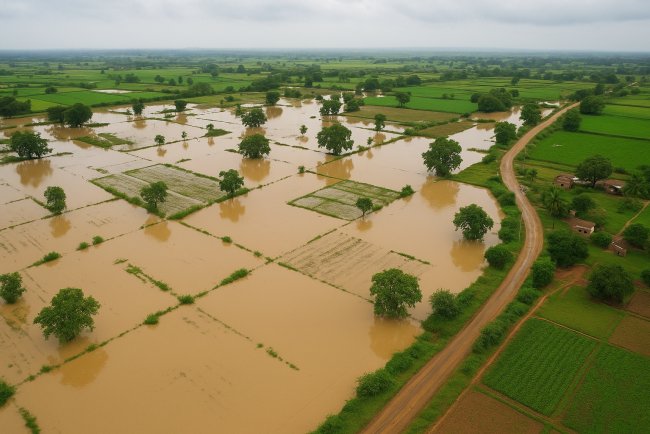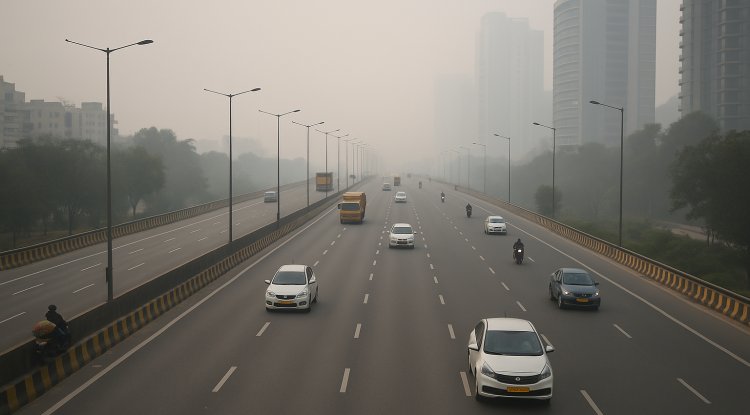Dietary Habits, Not Scarcity, Drive Protein Deficiency In Rural India: Study
The study was conducted across six states and nine districts. According to the study, 60–75 per cent of daily protein in these areas' diets comes from rice and wheat

India has rich agricultural states that not only feed the entire population but also provide a livelihood for many. Even today, around 58 per cent of the Indian population relies on agriculture for employment. Despite such richness in agriculture, there is a lack of awareness about food nutrients. A recent report states that while the country produces adequate food, grains, and pulses, some rural areas experience protein deficiency.
A new study led by scientists at the International Crops Research Institute for the Semi-Arid Tropics (ICRISAT), the International Food Policy Research Institute (IFPRI), and the Center for Economic and Social Studies (CESS) underscores this disturbing reality: For over two-thirds of households (in the surveyed region) in India’s semi-arid tropics, consumption of protein is less than recommended levels, despite the fact that sources of protein are adequately available, including legumes, dairy, and livestock products.
The study was conducted across six states and nine districts. According to the study, 60–75 per cent of daily protein in these areas' diets comes from rice and wheat.
Despite having protein, these foods are deficient in important amino acids for a healthy diet.
According to the study, the underutilisation of protein-rich foods such as meat, dairy, eggs, and legumes is caused by cultural preferences, a lack of understanding, and cost constraints rather than a lack of availability.
In only a small fraction of households, inadequate protein intake may be attributed to a lack of availability and affordability, the report added.
The study challenges the belief that food insecurity is only about affordability. Instead, it emphasised how dietary practices and ignorance about foods high in protein lead to malnutrition.
Protein consumption is also impacted by women's decision-making in the home. Because they prioritized nutrition and made knowledgeable food choices, households with educated women were more likely to have balanced meals. This emphasizes how improving home nutrition requires funding for women's education.
Government policies were also studied. By offering subsidised grains, India's Public Distribution System (PDS) has increased calorie intake, but it has also strengthened diets high in cereal and low in protein-rich alternatives.
The significance of protein was demonstrated by researchers who discovered that access to PDS dietary grains increased protein intake. To improve nutrition, they advise expanding government initiatives to include more pulses, millets, and foods high in protein.
What's Your Reaction?
















